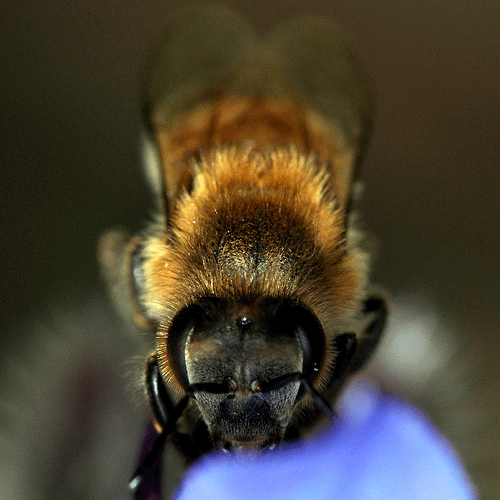New Insight into Cause of Honeybee Colony Collapse Disorder
Glimmers of hope for future pollination

Since 2006, about 30 percent of the commercial honeybee population has died off due to Colony Collapse Disorder. Though many theories have emerged about the causes of CCD since it first began ravaging honeybee populations, a study released this week has identified the first molecular marker of the disorder.
Researchers from the University of Illinois and the U.S. Department of Agriculture used information compiled through the Honeybee Genome Project to compare gene expressions in healthy bees with CCD-affected bees. They discovered large quantities of fragmented ribosomal RNA in CCD-affected bees. These fragments were found in the healthy bees, too — they are apparently products of the damage repair mechanism in insects in general — but they’re present to a much greater extent in CCD-affected bees.
May Berenbaum, University of Illinois entomology professor and department head, said via email that “the CCD bees also carry a greater number of picorna-like viruses; these are viruses that “hijack” the ribosome, inserting themselves and reprogramming ribosomes to manufacture viral proteins instead of bee proteins. So, what we think is happening is that infection by multiple viruses basically overloads the ribosome, which falls apart, thus leaving bees vulnerable to other stresses.” This, according to the authors of the study, is “the root cause of colony collapse disorder.”
As to the question of why CCD struck when it did, Berenbaum speculates that it can be traced to the importation of Australian bees, which may have been asymptomatic carriers of a picornavirus, to the U.S. four years ago. “In 2005, the Honey Bee Act of 1922, which prevented the importation of any live bees into the U.S., was effectively suspended to allow bees in. CCD might not have resulted just from Australian bees, but just by increasing global trade, increasing the odds of multiple infection (promoted by the varroa mite, which is a vector).”